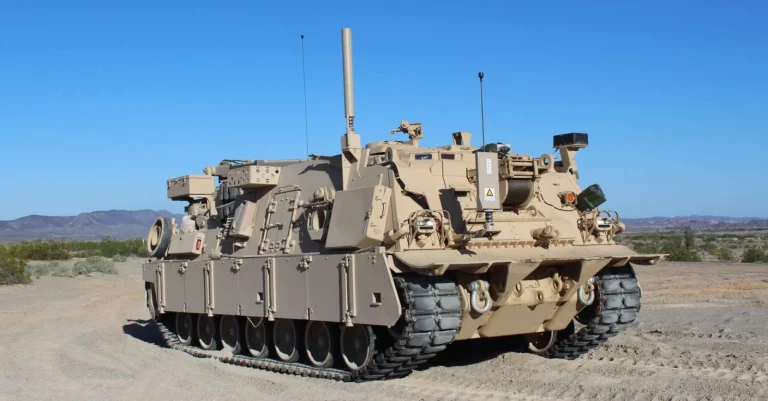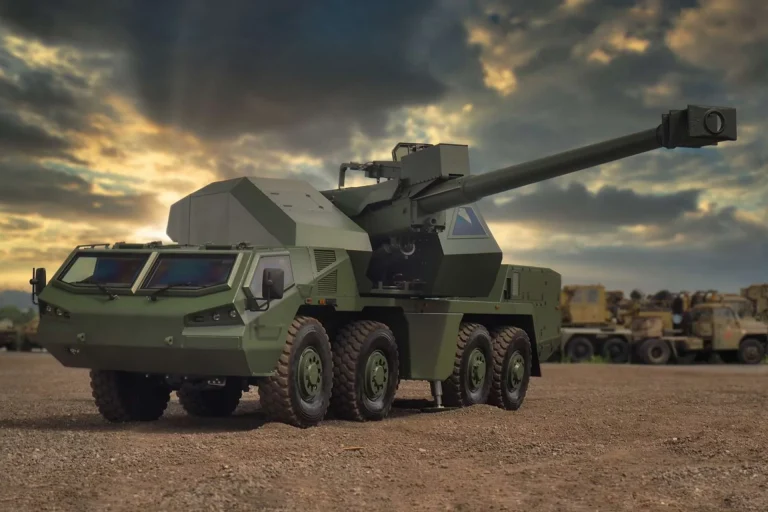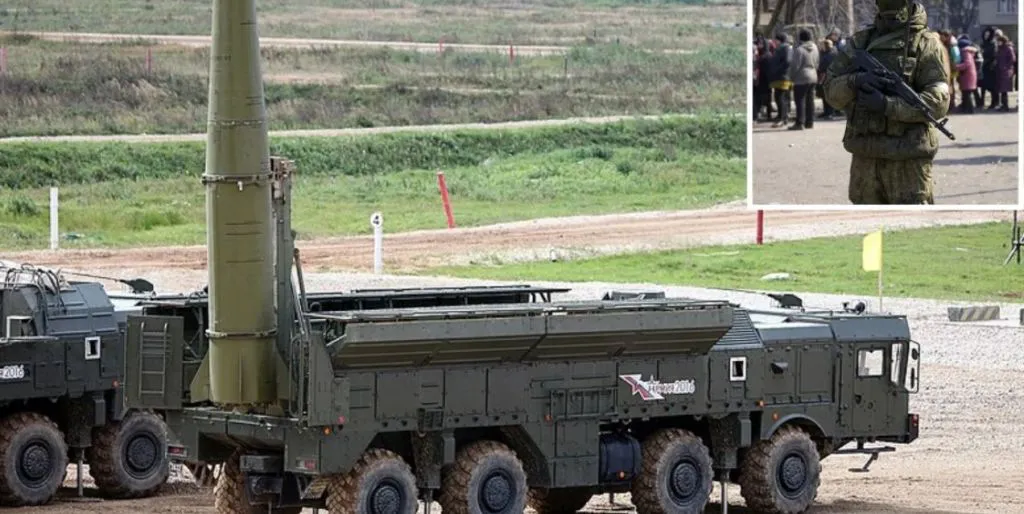A sleeping bag has long become an indispensable item of everyday life for lovers of hiking trips. Since it is in direct contact with the human body and provides rest, choosing a sleeping bag should be taken with the utmost seriousness.
Features of choosing sleeping bags
It should be noted right away that there is no universal sleeping bag. When choosing this element of tourist equipment, the following factors should be taken into account:
- type of campaign;
- seasonality;
- temperature regime.
If we talk about seasonality, then there are 3 types of sleeping bags:
- summer They are characterized by a thin layer of insulation. Usually, summer sleeping bags have a rectangular shape. They can also be used as a blanket. The summer version is suitable for weather conditions when the temperature does not fall below +5°С.
- Interseasonal. This option is best purchased for trips to nature in the spring-autumn period. Yes, an off-season sleeping bag has a denser layer of insulation, as well as a hood to protect the head from the cold. Seasonal specimens are recommended for temperatures from -5°С to +5°С.
- winter This model is distinguished by a dense layer of insulation and has a hood. It is recommended to buy a winter sleeping bag for extreme hikes in the mountains.
Before buy a sleeping bag, you should familiarize yourself with the temperature information indicated on the label:
- t° Maximum – this indicator indicates the maximum air temperature at which it is not hot to sleep in an open sleeping bag;
- t° Extreme – this indicator indicates the lowest temperature at which the body will not overcool;
- t° Comfort – this number indicates the minimum temperature at which you can sleep in a closed sleeping bag and not freeze.
Choosing a sleeping bag for camping
Camping equipment is popular among tourists who prefer "weekend rest". Often, such trips are taken by car, and then you can buy a sleeping bag of a large size, without worrying about the parameters.
So, when choosing a camping sleeping bag, it is better to give preference to spacious models that do not restrict movement. As for the shape, the "blanket" is considered optimal - the usual rectangular model. It is convenient because you can sleep in any position in such a sleeping bag.
Particular attention should be paid to the filler. There are 3 types of insulation:
- Goose or duck down. Excellent heat retention. The only minus is that it absorbs moisture quickly and dries for a long time.
- Synthetic filler. It is made of synthetic fibers that retain heat well, are easy to wash and dry quickly, and do not curl. Such a filler retains its properties for many years.
- Sintepon. This is a cheap option of a synthetic filler. It does not absorb moisture as much as down, however, it does not retain heat as well. This option is suitable for summer camping.
Choosing a sleeping bag for a trip
In addition to weather conditions and seasonality, the following factors should be taken into account when choosing a sleeping bag for hiking trips:
- the weight;
- length;
- outer material
For a hike, experts recommend buying a sleeping bag in the form of a "cocoon". Thanks to the narrowed shape, this model has less weight and volume. As for the length, sleeping bags are produced in a standard size - Regular. If desired, you can purchase a longer model - Long.
The outer covering of the sleeping bag must be durable. The most optimal option is considered to be polyester with small stitching.
Choosing a sleeping bag for extreme trekking
An off-season sleeping bag is best suited for summer extreme hikes, and a winter one for winter ones. In terms of shape, a "cocoon" sleeping bag is considered optimal, because it ensures long-term preservation of heat. As for the filler, it is better to give preference to synthetic insulation. In addition, the sleeping bag must be equipped with:
- reinforced tape that does not allow the fabric to fall into the zipper;
- a special loop for drying;
- tightening cord with fixation.
All seams must be well stitched, without visible defects.


 226
226











